A journey through the history of Württemberg.
The pointed arch was uncovered during the renovation. But the window does not show the now - does not show the colorful hustle and bustle on Karlsplatz across the street.
In the Dürnitz in the Landesmuseum Baden-Württemberg, the view is twisted. From the present to the past. On an LED screen in the window, we travel through the history of Württemberg - from the Stone Age to the Romans to the Zeppelin. Fourteen moving images greet us in the entrance hall of the Stuttgart museum.
3 meters high, 2 meters wide
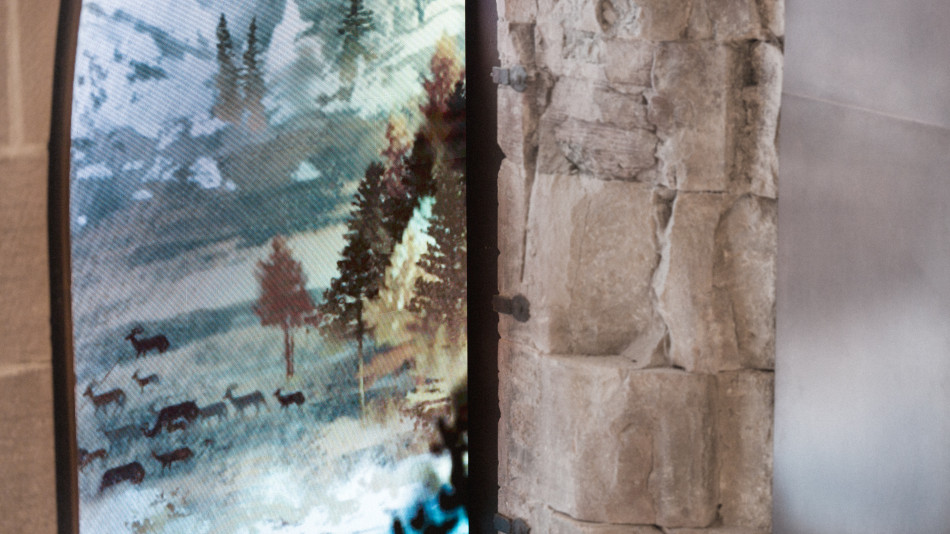
Through a window we can see to the other side, can see what is happening there right now.
Whoever looks through the large Gothic window in the entrance area of the Württemberg State Museum sees not only into the now, but also into the past.
A screen simulates the view of Stuttgart's Karlsplatz and the city beyond. We can not only watch the cyclist on his way to work, but also experience a review of the history of Württemberg - back to the Paleolithic Age.
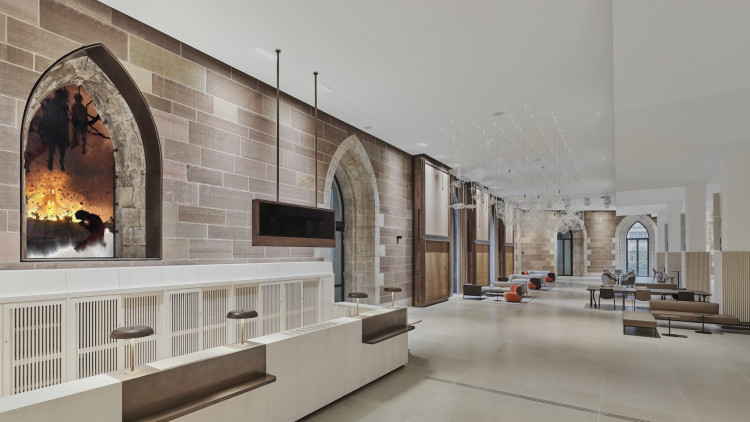
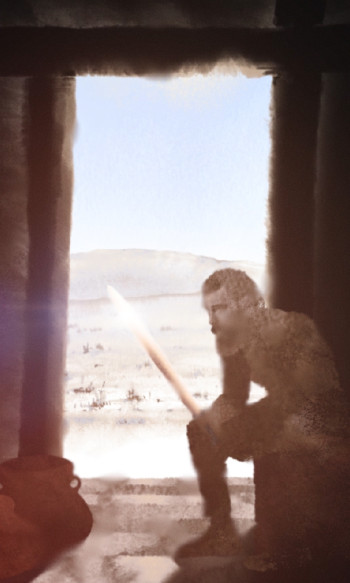
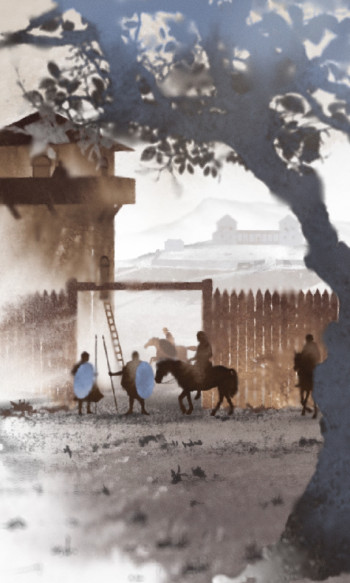
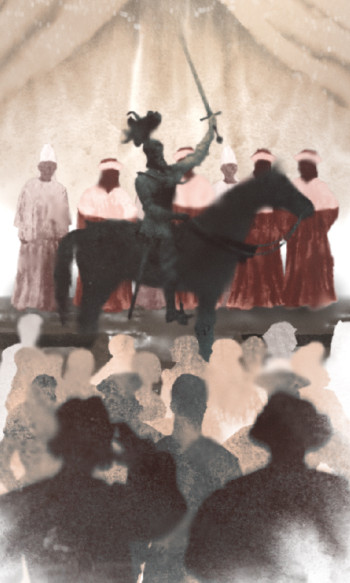
15 chronological scenes tell the story of southwest Germany. Starting with a hunt in the Paleolithic Age - about 15,000 B.C. - we visit a Bronze Age trader shortly afterwards who is proud of his new sword.
The everyday life of the Romans at the Limes, the Diet of Worms in 1495. Interpretations meet great moments of history. Sometimes we look through bull's-eye windows into a medieval landscape, sometimes we peek into a hospital from outside.
A tale of strong personalities, milestones of invention and cruel wars - it ends in the age of industrialization. A zeppelin takes off and reaches the present. We see again the view of Karlsplatz from the beginning.
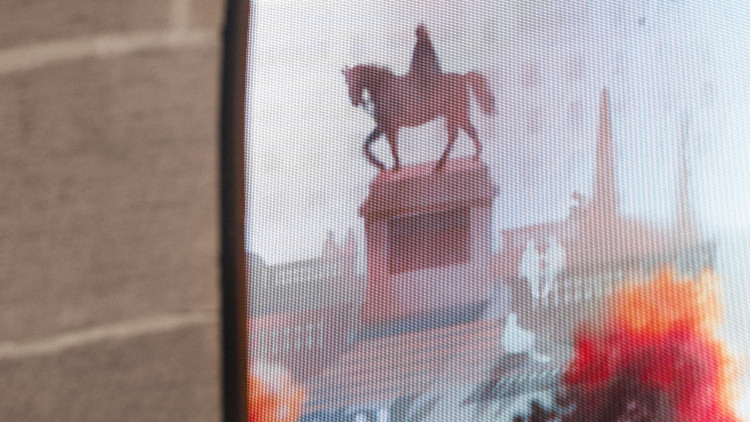
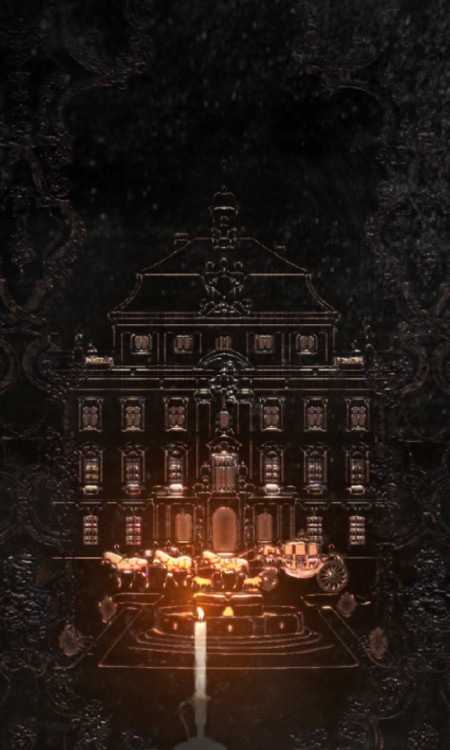
The animation can be visited during the opening hours of the Württemberg State Museum. Access to the Dürnitz is free of charge.
Making-Of

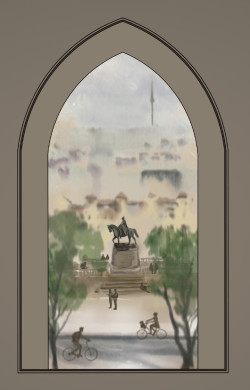
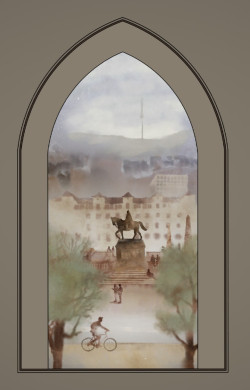
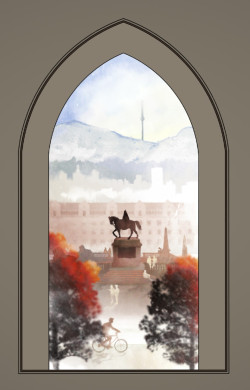

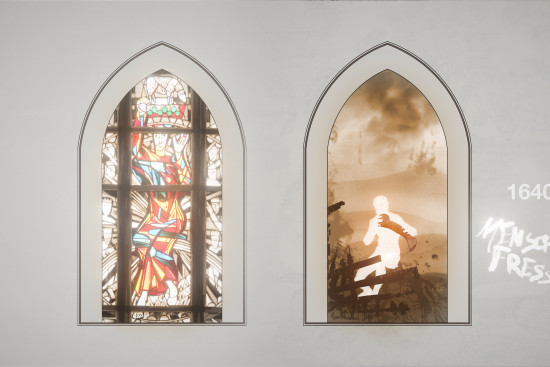
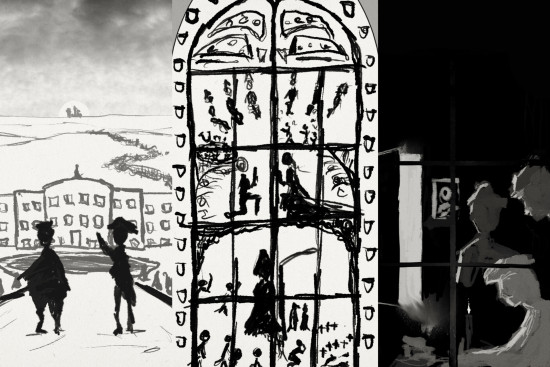

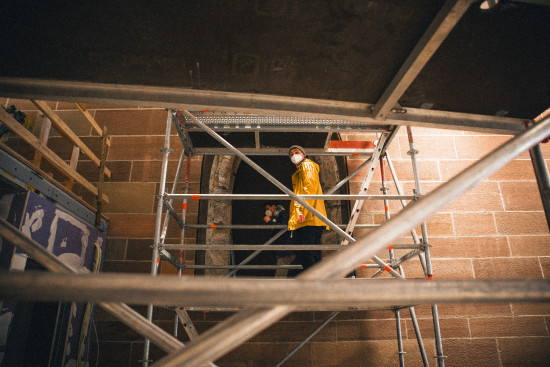
Campaign for the reopening of the Dürnitz from parcel34
We also promoted the opening and redesign of the Dürnitz. This resulted in three animated posters that were played on different media.